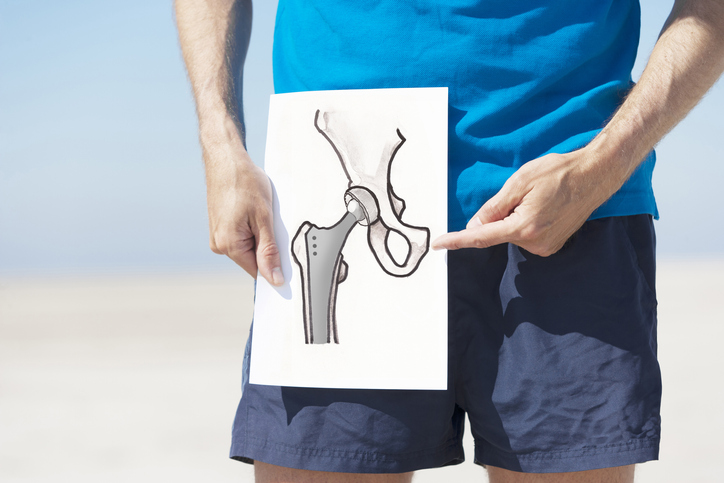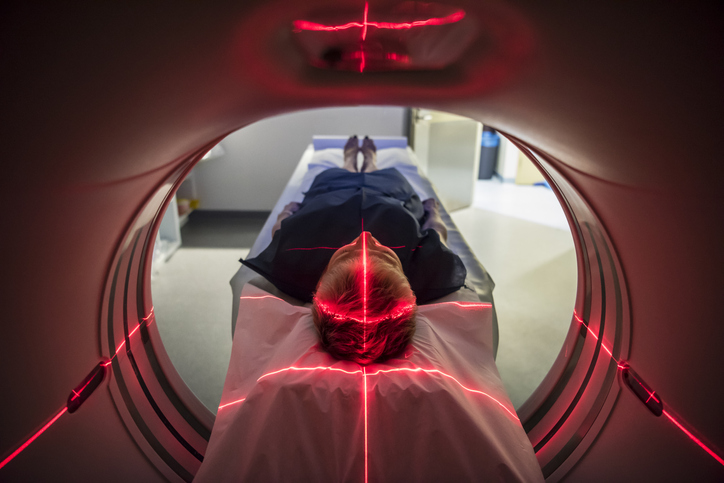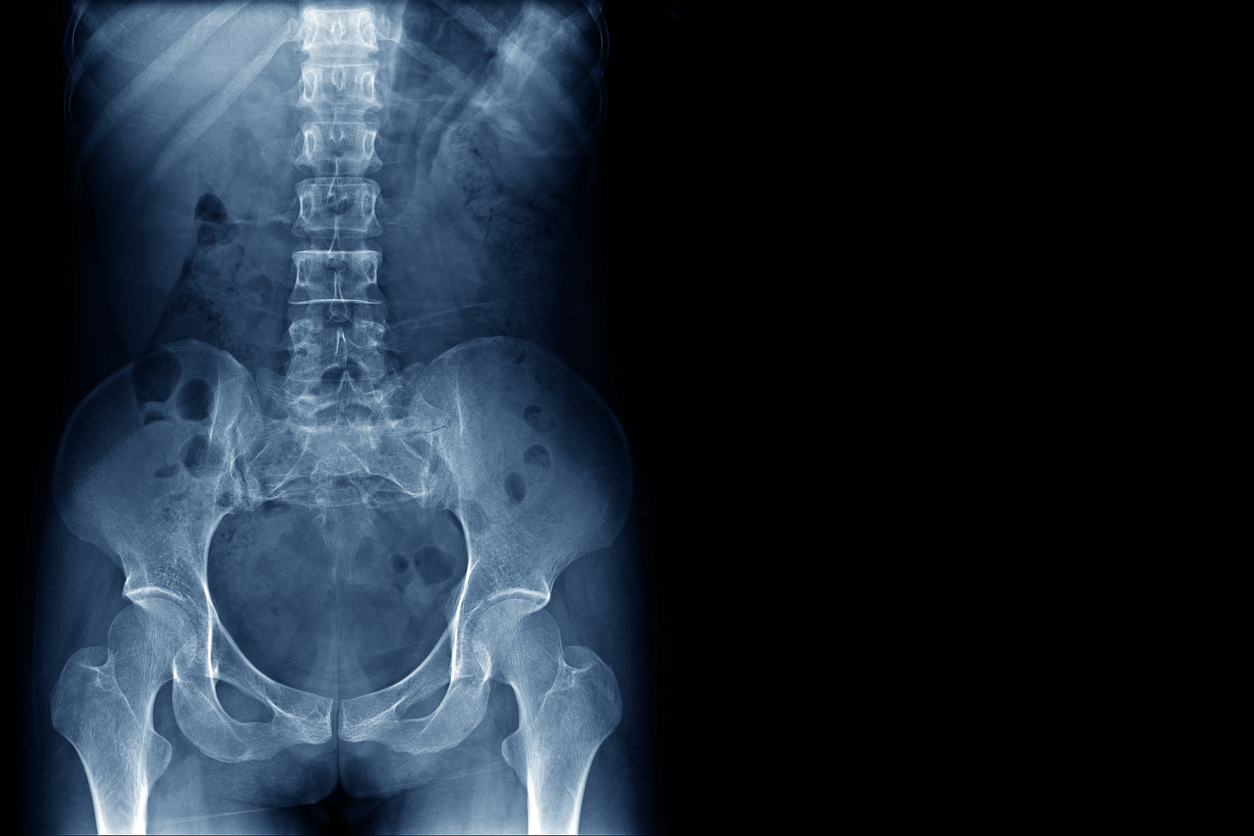Treatments
5 Types of Joint Replacement Surgery
Source: Harvard Health, Johns Hopkins Medicine, Cleveland Clinic, Mayo Clinic, Johns Hopkins Medicine, Cleveland Clinic

6 people found this helpful
Print
Share
Save
Joint replacement surgery involves removing part or all of a damaged joint and replacing it with an artificial joint, called a prosthesis. This improves joint function and mobility and reduces joint pain. While hip and knee replacements are the most common joint replacements, other joints can be replaced as well.
Five types of joint replacement surgeries include the following:
- Ankle replacement
Ankle replacement surgery involves the removal of damaged parts of the tibia (shin bone) and talus (a bone in the foot above the heel bone). These bones, along with the fibula, articulate to form the ankle joint (tibiotalar joint). During ankle replacement surgery, the damaged parts of the tibia and talus are removed, and artificial metal joints are attached to the remaining bone. A piece of plastic is often placed between the metal joints to help them glide smoothly against each other. - Elbow replacement
During elbow replacement surgery, parts of the humerus (upper arm bone) and the ulna (one of the bones in the forearm) are replaced. Elbow replacement can be linked or unlinked. Linked replacement involves the insertion of a hinge to connect the two prostheses. Unlinked replacement does not involve a hinge, relying on the ligaments and muscles in the elbow to hold the prostheses in place instead. - Hip replacement
Hip replacement surgery involves the removal of the socket in the pelvic bone, the ball on top of the femur (thighbone), or both. The socket is replaced by a prosthetic socket implanted into the pelvic bone. The ball is replaced by a prosthetic ball attached to a stem, which is placed into the femur. - Knee replacement
Total knee replacement surgery involves the removal of damaged bone, including the surfaces of the top of the tibia (shinbone), the bottom of the femur (thighbone), and the bottom of the patella (kneecap). The damaged areas are replaced by a prosthesis, which is cemented to the remaining healthy bone. - Shoulder replacement
Similar to hip replacement, shoulder replacement involves the replacement of a ball and socket. The ball is on top of the humerus (upper arm bone), and the socket is in the scapula (shoulder blade). A prosthetic stainless-steel ball on a stem is attached to the humerus, and a polyethylene cup is used to replace the socket.
These artificial joints can last for 15 to 20 years or more, depending on the joint that was replaced, the material used in the replacement joint, and the individual’s level of physical activity.
















